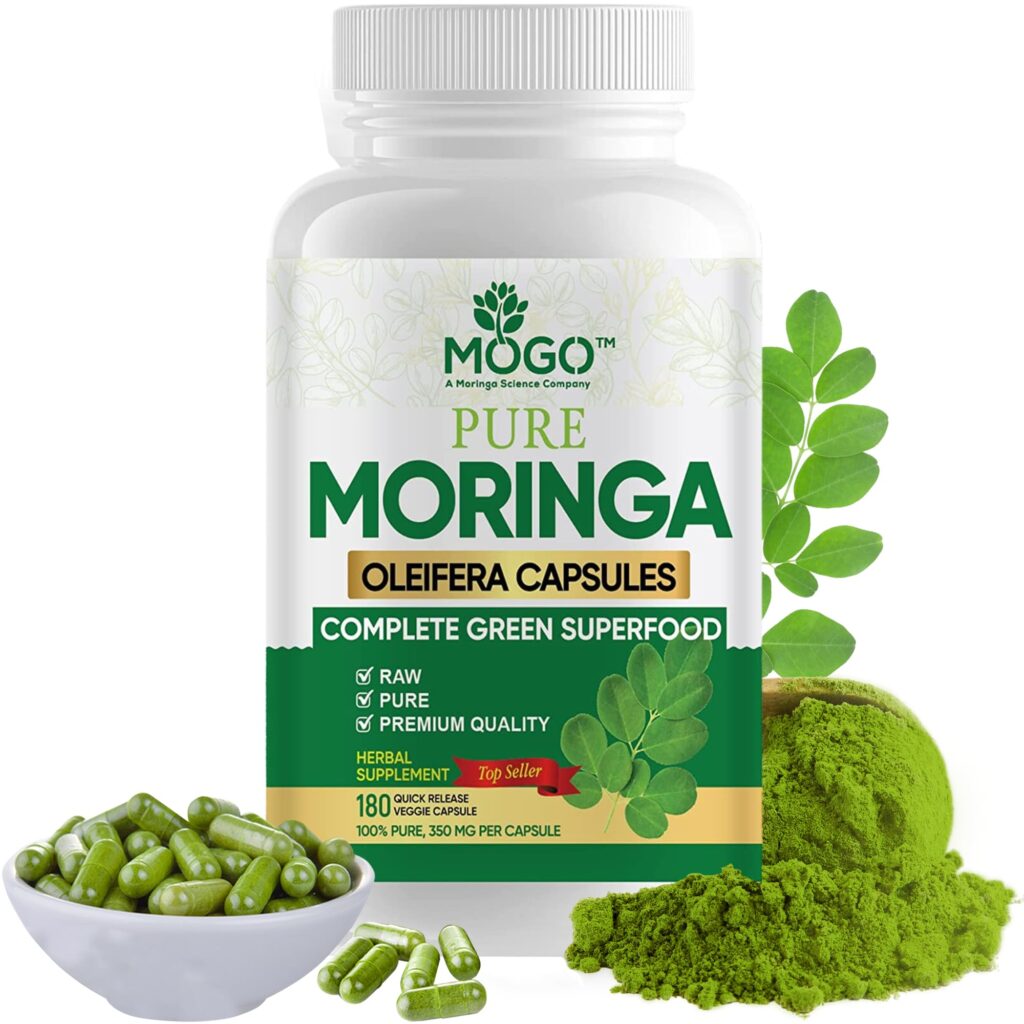Introduction
What Is Moringa?
Why Is Moringa Called Magic?
Historical Overview
Tracing the Roots of Moringa: Early Beginnings
Moringa in Ancient Cultures
Moringa in Ancient Indian Texts
African Traditional Uses
Geographic Origins

Moringa: Native to South Asia
Spread to Africa
Introduction to Other Regions
Moringa in Ayurveda
African Healing Practices
Nutritional Powerhouse
Key Nutritional Benefits of Moringa
Vitamins and Minerals
Traditional and Modern Uses of Moringa
Global Spread of Moringa
Moringa’s Role in Modern Agriculture
Environmental Benefits and Sustainable Farming
Economic Importance
Moringa’s Role in Global Markets
Supporting Communities Through Moringa Farming
Conclusion
Moringa Magic: A Global Treasure
FAQs
- Where is Moringa most commonly grown today?
- How does Moringa benefit local economies?
- What are the environmental advantages of cultivating Moringa?
- Is Moringa used in both traditional and modern medicine?
- What are the unique nutritional components of Moringa?
The Origin of Moringa Magic: Is It Native to Africa, Asia, or Other Regions?
Introduction
What Is Moringa?
Have you ever heard of the “miracle tree”? That’s Moringa magic for you! Known for its exceptional nutritional value and medicinal properties, Moringa has been celebrated for centuries. But here’s the real question: What is the origin of Moringa magic? Is it native to Africa, Asia, or other regions? This incredible plant has a fascinating story rooted in ancient traditions and modern science for health and sustainability.
Why Is Moringa Called Magic?
Moringa’s nickname, the “miracle tree,” isn’t an exaggeration. From combating malnutrition to treating illnesses and even purifying water, it’s no wonder people are enchanted by its versatility. But to truly understand why Moringa is so magical, we need to explore its origins and how it became a global treasure.
Historical Overview
Tracing the Roots of Moringa: Early Beginnings
Moringa has been around for thousands of years, with its earliest records dating back to ancient civilizations. Evidence of its use has been found in ancient India, Africa, and even the Mediterranean.
Moringa in Ancient Cultures
- Moringa in Ancient Indian Texts
In India, Moringa is deeply embedded in Ayurvedic medicine. Historical texts mention Moringa as a remedy for over 300 ailments. - African Traditional Uses
Across Africa, Moringa was a staple for food and medicine. The seeds, leaves, and oil were cherished for their healing properties.
Geographic Origins

Moringa: Native to South Asia
Moringa oleifera, the most widely cultivated species, is native to the Himalayan foothills of India and northern Pakistan. It thrives in tropical and subtropical climates, making it a resilient plant for diverse environments.
Spread to Africa
Centuries ago, trade and migration brought Moringa to Africa. It adapted well to the arid regions, providing food security and nutrition to communities.
Introduction to Other Regions
From Africa, Moringa spread to the Americas and other parts of Asia. Today, it’s grown worldwide and praised for its adaptability and benefits.
Cultural Significance
Moringa in Ayurveda
In Ayurveda, Moringa is revered as a powerful medicinal plant. It’s used to treat inflammation, boost immunity, and enhance overall health. The Origin of Moringa Magic: Is It Native
African Healing Practices
In African cultures, Moringa is a symbol of life. Its leaves and seeds are used to treat various ailments, making it an integral part of traditional medicine. The Origin of Moringa Magic: Is It Native
Nutritional Powerhouse
Key Nutritional Benefits of Moringa
- Vitamins and Minerals
Moringa is packed with vitamin C, calcium, potassium, and iron—essential nutrients for a healthy diet. - Antioxidants
Rich in antioxidants, Moringa combats free radicals and promotes overall well-being.
Traditional and Modern Uses of Moringa
Whether brewed as tea, blended into smoothies, or used in herbal remedies, Moringa continues to be a health booster for millions worldwide.
Global Spread of Moringa
Moringa’s Role in Modern Agriculture
With its ability to thrive in challenging climates, Moringa is a staple crop in many regions. It’s also a natural fertilizer, improving soil quality.
Environmental Benefits and Sustainable Farming
Moringa’s fast-growing nature and ability to restore degraded soils make it a hero for sustainable agriculture. It’s a tool against climate change and deforestation.
Economic Importance
Moringa’s Role in Global Markets
From health supplements to skincare, Moringa is a billion-dollar industry. Its popularity continues to soar as people discover its benefits.
Supporting Communities Through Moringa Farming
In developing countries, Moringa farming provides livelihoods, empowering farmers and supporting local economies.
Conclusion
Moringa’s journey from its roots in South Asia to becoming a global phenomenon is truly magical. Whether you’re sipping Moringa tea or using its oil for skincare, this plant connects us all to its incredible history and benefits.
FAQs
- Where is Moringa most commonly grown today?
Moringa is now cultivated worldwide, especially in tropical and subtropical regions like India, Africa, and South America. - How does Moringa benefit local economies?
Moringa farming creates jobs, supports small businesses, and boosts trade in many developing countries. - What are the environmental advantages of cultivating Moringa?
Moringa helps combat deforestation, improves soil health, and absorbs significant amounts of carbon dioxide. - Is Moringa used in both traditional and modern medicine?
Absolutely! Moringa has been a cornerstone of traditional medicine for centuries and is now a key ingredient in many modern health products. - What are the unique nutritional components of Moringa?
Moringa is rich in essential nutrients, including vitamins A and C, iron, calcium, and powerful antioxidants like quercetin.



